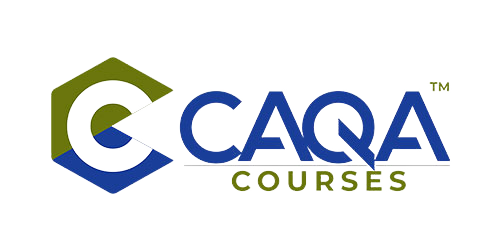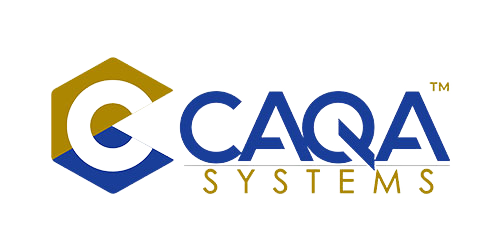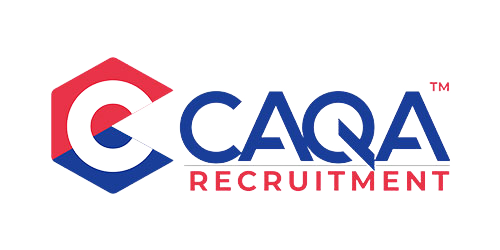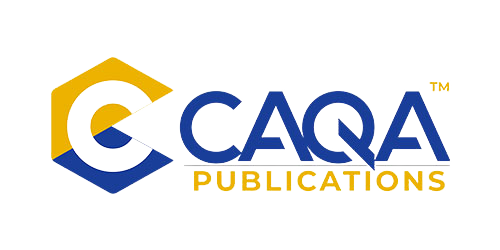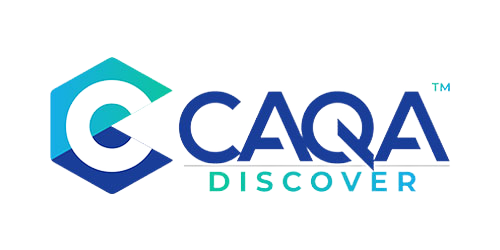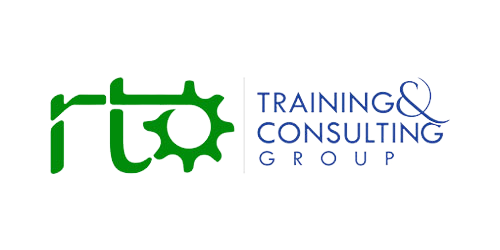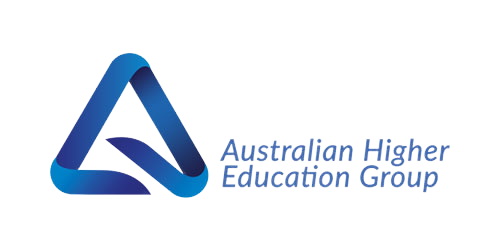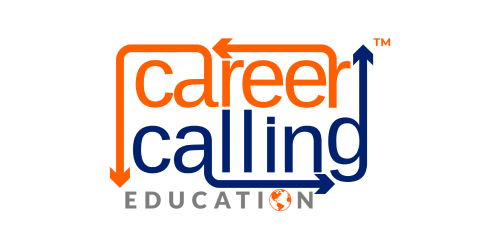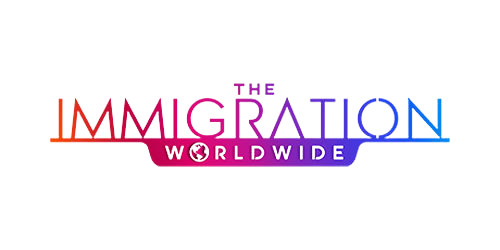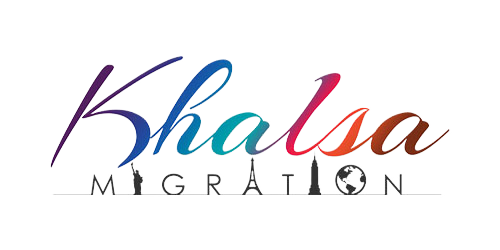THE FORGOTTEN LEGACY: HOW ANCIENT WISDOM SHAPES MODERN VET REVOLUTIONS
As Australia's vocational education and training sector races toward its watershed moment in July 2025, it is instructive to view these changes through the lens of history's most enduring educational tradition. While the 2025 Standards may appear revolutionary, they actually represent the latest evolution in a training approach that predates universities, formal schooling, and even written language itself. Vocational education—the direct transmission of practical skills from master to novice—is humanity's original learning system, one that has continuously adapted across millennia while maintaining its essential focus on practical capabilities and workplace relevance.
This historical perspective offers not just fascinating context but strategic insight. By understanding the remarkable historical trajectory of vocational education—from ancient workshops to digital credentials—RTOs can better appreciate the fundamental principles that have sustained effective skills transfer across civilisations and centuries. These enduring principles resonate powerfully with the 2025 Standards' emphasis on outcomes, industry relevance, and authentic competency.
THE ANCIENT ORIGINS: WHEN VOCATIONAL TRAINING RULED THE WORLD
Long before academic universities existed, vocational training dominated the educational landscape across civilisations. These ancient systems share striking parallels with the principles now being (re) emphasised in the 2025 Standards.
THE APPRENTICESHIP REVOLUTION: HISTORY'S MOST RESILIENT LEARNING MODEL
The apprenticeship model—direct skill transfer from master to novice through workplace immersion—has proven remarkably resilient across cultures and millennia:
-
In medieval Europe, the guild system formalised apprenticeships with strict standards, progressions from apprentice to journeyman to master, and quality controls that protected both consumers and the integrity of the craft
-
Post-apprenticeship journeymen would travel extensively between countries to perfect their skills—an early form of international knowledge exchange that enriched craft traditions across borders
-
The transition period between apprenticeship and mastership ensured that practitioners developed not just technical skills but the judgment, problem-solving capabilities, and ethical understanding required for true professional practice
This ancient approach embodied principles now being rediscovered in the 2025 Standards: workplace-based learning, industry-defined standards, progression based on demonstrated competency rather than time served, and a focus on holistic capabilities beyond mere technical skills.
THE EASTERN PERSPECTIVE: GURUKUL, NALANDA, AND KNOWLEDGE TRANSMISSION
While European guild traditions are often emphasised in vocational history, equally sophisticated systems developed across Asia:
-
India's Gurukul system integrated vocational and philosophical education, with students living with their teacher while learning both practical skills and ethical principles
-
Nalanda University, established in the 4th century CE and often considered the world's first major residential university, combined theoretical learning with practical arts and crafts, attracting over 10,000 students from across Asia
-
Taxila (Takshashila), dating back to the 8th century BCE, was an early learning centre where students studied practical disciplines like medicine, law, and military science alongside philosophical traditions
These eastern traditions demonstrate that the artificial division between "academic" and "vocational" education is a relatively recent development. The most respected ancient learning institutions integrated both theoretical knowledge and practical application—a holistic approach that the 2025 Standards seek to recapture.
THE VOCATIONAL MAINSTREAM: WHEN SKILLS RULED SOCIETY
Perhaps the most striking aspect of ancient vocational education is its social prestige. Far from being considered "second-class" education, practical skill development was the mainstream educational pathway across most societies:
-
In ancient and medieval periods, formal academic education was limited to a tiny elite, while vocational training through apprenticeships was the primary educational pathway for the vast majority of the population
-
Master craftspeople were highly respected community members whose expertise was recognised as both economically valuable and culturally significant
-
The products of vocational education—from architecture to metalwork—were among society's most valued creations, many of which still inspire awe today
This historical perspective offers a powerful counternarrative to the relatively recent stigmatisation of vocational education. Throughout most of human history, the direct transmission of practical skills was not just respected but was the dominant educational paradigm.
THE INDUSTRIAL TRANSFORMATION: STANDARDISATION AND STATE CONTROL
The industrial revolution fundamentally transformed vocational education, creating many of the structures and tensions that still shape contemporary VET systems.
THE MECHANISATION EFFECT: FROM WORKSHOPS TO CLASSROOMS
As production moved from artisanal workshops to factories, vocational education underwent a parallel transformation:
-
France pioneered formal vocational schools in the 19th century, developing the influential "production school" model where students learned through participation in actual productive work
-
Russia's "sequential method" of technical training, developed at the Moscow Imperial Technical School in 1868, systematised skill acquisition through carefully sequenced learning activities—an approach that influenced technical education globally after being showcased at the 1873 Vienna World Exhibition
-
These institutional approaches replaced the intimate master-apprentice relationship with more standardised, classroom-based instruction that could produce workers at the scale required by industrial economies
This shift from workplace-based to institution-based training created efficiency but sacrificed some of the contextual learning and professional socialisation that had characterised traditional apprenticeships—a tension that continues to shape vocational education today.
THE GOVERNMENT TAKEOVER: SYSTEMISATION AND CONTROL
The 19th and early 20th centuries saw governments assume unprecedented control over vocational education:
-
Australia's technical education system began in the late 1800s, often linked to specific industries like mining
-
By the early 20th century, Australian state governments had taken control, aiming to rationalise and expand technical education to meet industrial demand
-
In the United States, the Smith-Hughes Act of 1917 marked the first federal funding for vocational education, establishing a permanent federal role in this previously local domain
This government leadership expanded access to vocational education but sometimes created bureaucratic systems more focused on administrative consistency than educational outcomes or industry relevance, precisely the tension that the 2025 Standards seek to resolve by shifting focus from process to outcomes.
THE SOCIAL STRATIFICATION: VOCATIONAL TRACKING AND CLASS DIVISIONS
The expansion of state-controlled vocational education coincided with increased social stratification of educational pathways:
-
In the United States, early vocational education was often used to track low-income and immigrant children into trades while wealthier children pursued academic paths
-
In Australia, technical education was frequently underfunded compared to academic pathways, earning it the nickname "Cinderella" of the education system
-
Germany's dual system, which sorts students into vocational or academic tracks as early as age 10, represents perhaps the most formalised separation between these educational pathways
This stratification contributed to the perception of vocational education as "second class"—a historical legacy that continues to influence perceptions despite growing recognition of the economic value and intellectual rigour of skilled trades.
THE CONTEMPORARY LANDSCAPE: GLOBAL INNOVATION AND CONVERGENCE
Today's global VET landscape offers a fascinating laboratory of approaches, with countries adopting distinct strategies to address common challenges. This international perspective provides valuable context for Australia's 2025 reforms.
THE MARKET EXPLOSION: VET AS A GLOBAL ECONOMIC POWERHOUSE
The contemporary VET sector represents an enormous and rapidly growing global market:
-
The global VET market was valued at USD 683.4 billion in 2023 and is projected to reach USD 1.74 trillion by 2032, growing at a CAGR of 9.8%
-
Public institutions are the largest and fastest-growing segment globally, reflecting government recognition of VET's strategic importance
-
Australia's VET sector alone served 5.1 million students in 2023—approximately 25% of the Australian resident population aged 15 to 64 years
-
Government expenditure on VET in Australia reached $10.9 billion in 2023, demonstrating the significant public investment in this sector
These figures reflect growing recognition that vocational education is not a niche educational segment but a cornerstone of national skills strategies and economic competitiveness in the knowledge economy.
THE GLOBAL MODELS: DIVERGENT APPROACHES TO COMMON CHALLENGES
Examining diverse national approaches to VET reveals intriguing variations in structure, focus, and prestige:
-
Germany's Dual System: Perhaps the world's most renowned VET model combines classroom learning with company-based apprenticeships, with businesses and unions deeply involved in designing and delivering training
-
Finland's Flexible Pathways: After comprehensive school, students choose between academic high school (lukio) or vocational school, with both pathways allowing entry to higher education
-
Argentina's Evolution: Among Latin America's VET pioneers, Argentina's programs expanded rapidly between the World Wars due to European immigration and industrialisation, with free and widespread VET established under President Juan Perón
-
Myanmar's Swiss-Inspired Approach: The Centre for Vocational Training in Yangon adapted the Swiss dual system, with students splitting their week between classroom learning and paid workplace training
These diverse models demonstrate that there is no single "correct" approach to vocational education. Instead, effective systems balance universal principles (industry relevance, practical application, quality standards) with adaptations to specific economic contexts and cultural traditions.
THE CONVERGENCE TREND: BLURRING BOUNDARIES BETWEEN EDUCATIONAL PATHWAYS
Perhaps the most significant global trend is the increasing convergence between vocational and academic education:
-
Dual Qualifications: In Finland, some students complete both academic and vocational high school, effectively doubling their secondary education to gain broader capabilities
-
Higher VET: Many countries are developing "higher VET" qualifications that combine technical depth with academic rigour, creating new pathways that transcend traditional educational categories
-
Digital Transformation: Technology is reshaping both vocational and academic education, creating new hybrid learning models that blend workplace experience with digital instruction and assessment
This convergence aligns with the 2025 Standards' focus on outcomes rather than educational categories, recognising that the skills and capabilities that matter most often transcend traditional boundaries between vocational and academic learning.
THE AUSTRALIAN JOURNEY: FROM COLONIAL WORKSHOPS TO GLOBAL LEADERSHIP
Australia's VET system has undergone a remarkable transformation since its colonial origins, with each stage of development addressing different economic challenges and social priorities.
THE HISTORICAL EVOLUTION: FROM FRAGMENTATION TO NATIONAL SYSTEM
Australia's vocational education system has evolved through distinct historical phases:
-
Pre-1992: The VET sector was fragmented, with inconsistent standards across states and territories, making credit transfer and recognition difficult
-
1992: The Introduction of the National Framework for the Recognition of Training (NFROT) established national principles for accreditation, registration, credit transfer, and recognition of prior learning
-
1995: Launch of the Australian Qualifications Framework (AQF) standardised qualifications from Certificate I to Advanced Diploma and beyond
-
2011: Establishment of the Australian Skills Quality Authority (ASQA) as the national VET regulator further strengthened quality assurance
-
2015: Implementation of the Standards for RTOs 2015 focused on prescriptive compliance and administrative processes
-
2025: Introduction of the revised Standards for RTOs shifts to outcome-based, student-centred, and industry-relevant quality standards
This evolution reflects Australia's journey from a collection of colonial-era technical schools to a sophisticated national system serving millions of students annually.
THE CONTEMPORARY LANDSCAPE: SCALE, SCOPE, AND SIGNIFICANCE
Today's Australian VET sector represents a massive educational enterprise:
-
5.1 million students participated in nationally recognised VET in 2023—a 10.8% increase from 2022
-
3,607 registered training organisations delivered nationally recognised training in 2023
-
785,700 qualifications were completed by VET students aged 15–64 years in 2023
-
Government expenditure on VET reached $10.9 billion in 2023
These figures reflect not just the scale of VET but its central role in Australia's education system, workforce development strategy, and economic future.
THE PARADIGM SHIFT: FROM COMPLIANCE TO OUTCOMES
The 2025 Standards represent the culmination of a long evolution from process-focused to outcome-focused quality assurance:
|
Area |
2015 Standards |
2025 Standards (from 1 July 2025) |
|
Focus |
Compliance, process adherence |
Outcomes, industry relevance, and student success |
|
Assessment |
Documentation-heavy, process-driven |
Pre-validation, workplace relevance, and feedback |
|
Credential Policy |
Narrow, rigid requirements |
Flexible, new pathways, recognition of prior learning and teaching credentials |
|
Compliance |
Prescriptive, box-ticking |
Self-assurance, risk management, and accountability |
|
Technology |
Limited digital integration |
Digital tools, streamlined reporting, and AI-driven compliance |
|
Risk Management |
Siloed, compliance-focused |
Embedded, organisation-wide, proactive |
This shift parallels global trends toward more flexible, outcomes-focused vocational education systems that prioritise skills over credentials and capability over compliance.
THE FUTURE HORIZON: GLOBAL TRENDS RESHAPING VOCATIONAL EDUCATION
As RTOs prepare for the implementation of the 2025 Standards, they must also consider the global trends reshaping vocational education worldwide.
THE LIFELONG LEARNING REVOLUTION: FLEXIBLE PATHWAYS AND CONTINUING EDUCATION
The traditional model of vocational education as a one-time preparation for career entry is rapidly giving way to more flexible, lifelong approaches:
-
Early and later-life participation in VET is increasing worldwide, driven by lifelong learning policies
-
Micro-credentials and skill sets allow for just-in-time training and continuous upskilling throughout careers
-
Recognition of prior learning (RPL) and global partnerships are expanding, allowing for faster credentialing and greater international mobility
These trends align with the 2025 Standards' emphasis on flexible credential pathways and recognition of diverse forms of capability development.
THE GLOBALISATION IMPERATIVE: CROSS-BORDER RECOGNITION AND MOBILITY
Vocational education is increasingly operating in a global rather than national context:
-
Growth in in-country delivery models for international students is replacing traditional offshore training
-
Australia is positioning itself as a global leader in VET, with internationally recognised qualifications and cross-border training programs
-
Digital delivery is creating new possibilities for international collaboration and credential recognition
The 2025 Standards' focus on outcomes rather than processes may facilitate greater international recognition of Australian qualifications, as capability becomes more important than compliance with specific national frameworks.
THE DIGITAL TRANSFORMATION: AI, VIRTUAL REALITY, AND PERSONALISED LEARNING
Technology is fundamentally reshaping how vocational skills are taught, assessed, and credentialed:
-
Digital tools enable real-time tracking, evidence mapping, and streamlined audits
-
Artificial intelligence and virtual reality create new possibilities for simulation-based training in high-risk or resource-intensive skills
-
Learning analytics allow for more personalised, adaptive training pathways tailored to individual student needs
The 2025 Standards' openness to technological innovation creates space for RTOs to explore these new approaches while maintaining focus on quality outcomes.
THE EQUITY EMPHASIS: INCLUSION, ACCESSIBILITY, AND DIVERSE PATHWAYS
Both globally and in Australia, there is increasing recognition that vocational education must serve diverse populations equitably:
-
Targeted programs for Aboriginal and Torres Strait Islander peoples, people with disabilities, and those in remote areas are expanding
-
Completion rates are higher among Aboriginal and Torres Strait Islander people and those from disadvantaged backgrounds
-
Flexible delivery models and support services are increasingly tailored to diverse student needs
The 2025 Standards' focus on student-centred approaches and proactive support aligns with this global emphasis on equity and inclusion.
CONCLUSION: LEARNING FROM THE PAST, PREPARING FOR THE FUTURE
As RTOs navigate the transition to the 2025 Standards, they would do well to consider vocational education's remarkable historical journey. The most enduring principles of effective vocational education—workplace relevance, practical application, integration of technical and ethical learning, industry partnership, and demonstrated capability—have persisted across centuries and civilisations. They are also precisely the principles that the 2025 Standards seek to reinvigorate.
From ancient apprenticeships to medieval guilds, from industrial-era technical schools to today's sophisticated RTO networks, vocational education has continuously evolved to meet changing economic and social needs. The 2025 Standards represent not a radical departure but the latest chapter in this ongoing evolution—a return to fundamental principles adapted for contemporary challenges.
By embracing these changes with a sense of historical perspective and global awareness, RTOs can position themselves not just to comply with new requirements but to lead the next chapter in vocational education's remarkable story. The transformation demanded by the 2025 Standards is significant, but it builds on centuries of accumulated wisdom about how people learn practical skills most effectively.
As July 2025 approaches, the most successful RTOs will be those that recognise the 2025 Standards not just as a regulatory change but as an opportunity to reconnect with the most enduring principles of effective vocational education—principles that have demonstrated their value across cultures and centuries. By blending these time-tested approaches with contemporary innovations in technology, pedagogy, and quality assurance, Australia's VET sector can continue its transformation from "Cinderella" to global leader in skills development for the 21st-century economy.











